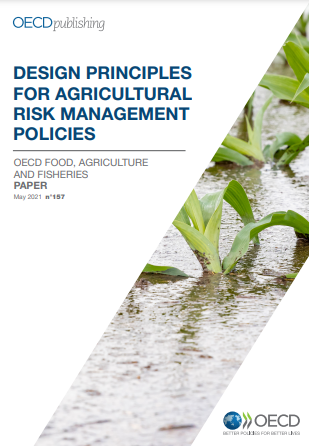Back to Library
Design principles for agricultural risk management policies

Published by:
Document
Download
Online Location
https://www.oecd.org/publications/design-principles-for-agricultural-risk-management-policies-1048819f-en.htm
Publication date
10/05/2021
Language:
English
Type of Publication:
Books
Focus Region:
Global
Focus Topic:
Climate / Weather / Environment
Rural Finance / Insurance
Type of Risk:
Biological & environmental
Natural disasters
Weather & Climate related
Type of Risk Managment Option:
Risk reduction/mitigation
Risk coping
Author
Glauber, J., et al.
ABSTRACT
Government support for agricultural risk management tools has grown substantially over the past two decades. While these tools can play a role in strengthening farm-level resilience by helping farmers to cope with the financial impact of adverse events, they also modify farmers’ incentives to invest in risk-reducing measures and market tools. Policy design is critical to maximise effectiveness while minimising unintended consequences. This report reviews the accumulated experience on four types of publicly-supported agricultural risk management tools (ex post disaster aid, agricultural insurance, income stabilisation schemes and tax and savings measures). It suggests some basic principles on how countries can improve the design of their agricultural risk management policies, using a holistic approach and focusing on market failures. The report also highlights the need for more transparency on basic programme data, and for periodic public evaluation of existing programmes.